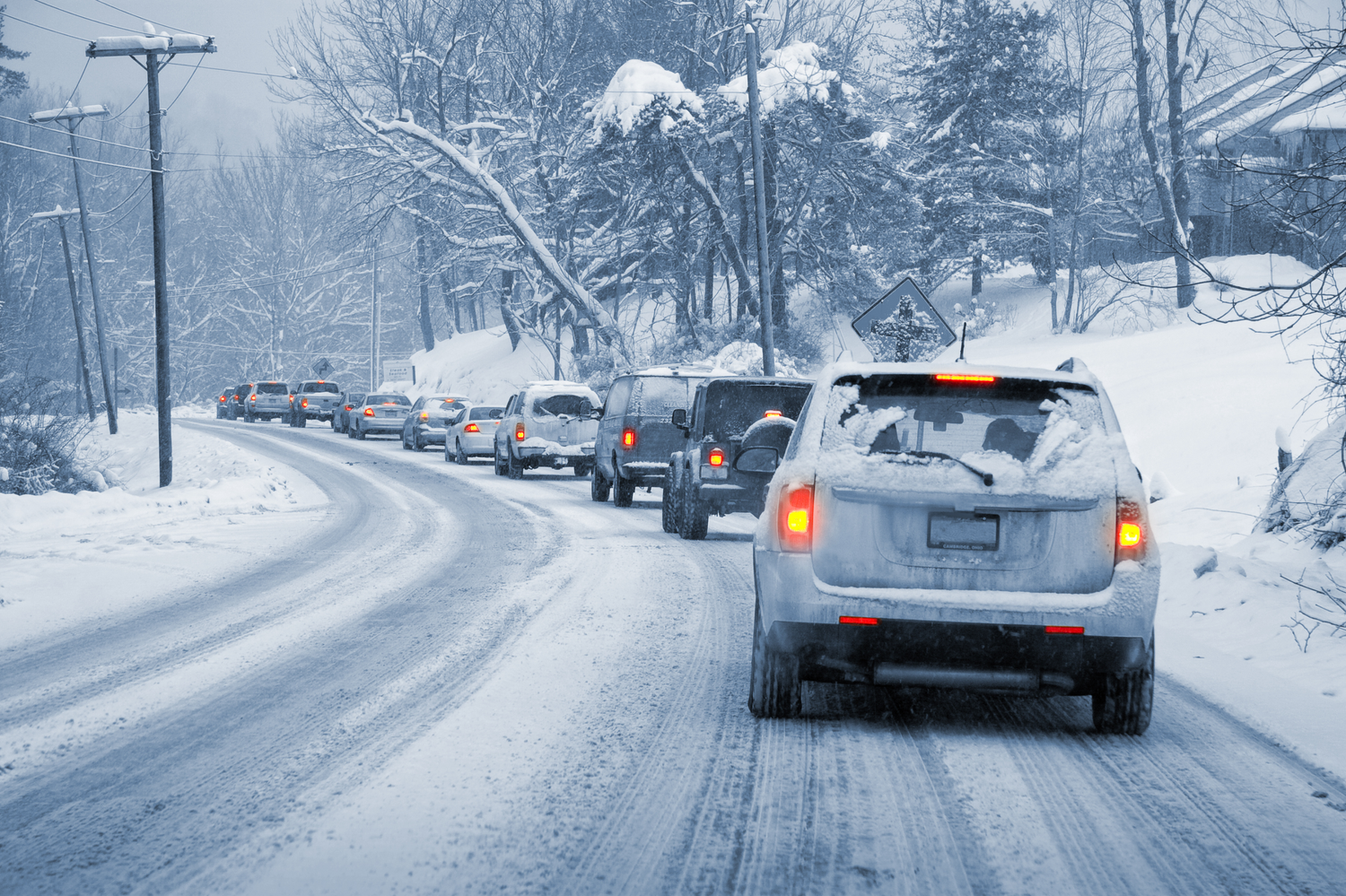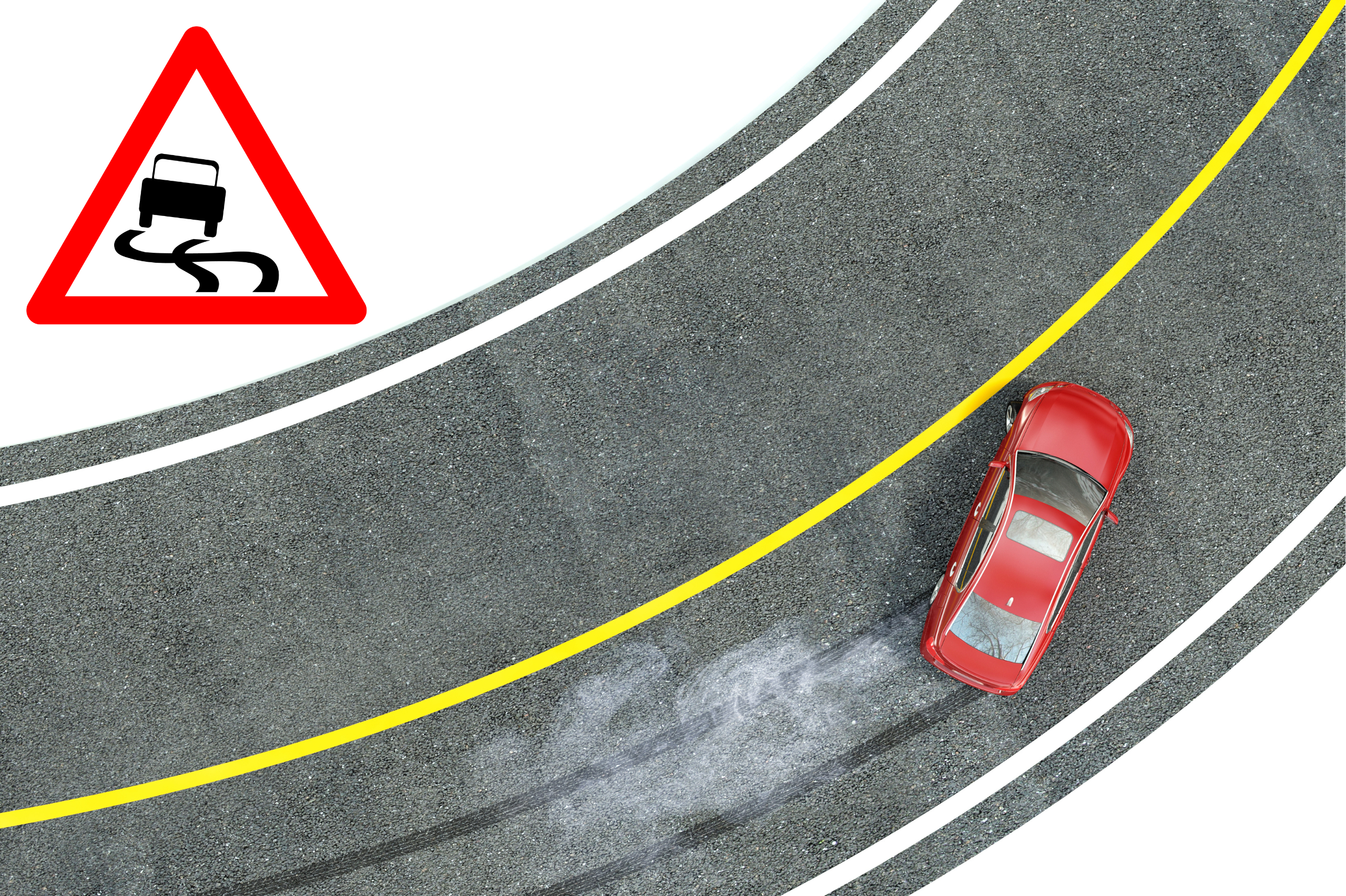Before diving into the slipperiest times on the road, it's important to understand what makes roads slippery. Winter driving can be treacherous due to the presence of ice, snow, and slush on roadways. These conditions drastically reduce tire traction, making it more difficult to control your vehicle and increasing stopping distances. Black ice, a thin layer of transparent ice on the roadway, is particularly dangerous because it is almost invisible to drivers.
Early Morning and Overnight Risks
The coldest parts of the day are typically early in the morning and overnight, just after sunset and before sunrise. These times are when temperatures are most likely to dip below freezing, causing any moisture on the roads to freeze and turn into ice. During these hours, even roads that appear clear can harbor dangerous patches of black ice, especially on bridges, overpasses, and rarely traveled roads. It’s important to be especially cautious when driving during these periods, reducing your speed and increasing your following distance.
Temperature Fluctuations and Refreezing
Another risky time for driving in winter is during temperature fluctuations, particularly when the mercury hovers around the freezing point. During the day, the sun can cause snow and ice to melt, but as the temperature drops again in the late afternoon and evening, the melted snow can quickly refreeze, leading to icy conditions. This refreezing can make driving in the late afternoon and evening particularly hazardous. It's important to be observant of the road conditions and aware of the temperature to anticipate these changes.
During and After Snowfall
Driving during a snowfall presents obvious challenges, but the period immediately after snowfall can also be particularly slippery. As vehicles begin to travel on freshly fallen snow, they compact it down, which can create a slick, icy surface. The first few hours after a snowstorm can be especially dangerous, as snow hasn’t been cleared yet, and conditions can be unpredictable. Plowing and salting efforts may take some time to improve road conditions, so it's best to delay travel if possible during these times.
Shadowed and Sheltered Areas
Another factor to consider is not just the time of day, but the location on the road. Areas that are shaded or sheltered from the sun are more likely to remain icy even during daylight hours. Watch out for sections of the road that pass through forests, near high walls, or under bridges. These areas are shielded from direct sunlight, hence the ice may not melt as quickly as in other exposed areas. Take particular care when entering and exiting these zones.
Staying Safe with Preparation and Patience
Understanding when roads are likely to be most slippery is just one part of safe winter driving. It's equally important to prepare your vehicle for winter conditions, including using suitable tires, keeping windshield washer fluid topped up, and maintaining a clear view by removing all snow and ice from your vehicle before traveling. Always have a winter emergency kit in your car, including blankets, a flashlight, a shovel, and some sand or kitty litter for traction if you get stuck.
Exercising patience is also key. Allow extra time for your journey, reduce your speed, and increase your following distance to allow for greater reaction time. Being aware of the potential for slippery roads and adjusting your driving behavior accordingly is central to safe winter driving. Stay vigilant, stay informed, and drive according to the conditions. By doing so, you can minimize the risks associated with the slipperiest times on the road.



Leave a comment
This site is protected by hCaptcha and the hCaptcha Privacy Policy and Terms of Service apply.